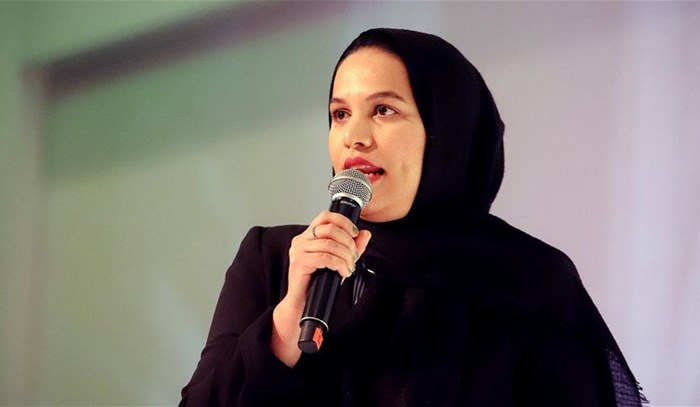
Top stories






Marketing & Media‘If you don’t like dark roast, this isn’t the coffee for you’: How exclusionary ads can win over the right customers
Jaclyn L. Tanenbaum and Karen Anne Wallach 3 hours
More news











At the recent International Fresh Produce Association's (IFPA's) Southern Africa Conference in Cape Town, Rubab Abdoolla, consultant for global market research company, Euromonitor, highlighted the top 10 trends impacting African consumers and what opportunities they might present for companies.
With tighter budgets, consumers are more careful about spending their money and are developing diverse ways to stretch it. Buying staple items in bulk becomes more popular as shoppers seek ways to save money. They are also buying less-expensive substitute products for those products now deemed too expensive. Retailers and brands need to find ways to address affordability. Loyalty programmes, pack size, and promotions are a great way to start these initiatives.
While saving money remains a top priority for consumers, they still want to treat themselves whenever possible, particularly after a prolonged pandemic that limited spending. And this is where the “Here and Now” trend comes into play, as consumers seek instant gratification.
However, as consumers are still wary about overstraining their budgets, companies need to balance consumer gratification with affordability. Brands and retailers should provide consumers with a way to purchase products without a big cash outlay and offering flexible payment solutions is one such strategy. .
Spending cuts by consumers may result in more sustainable behaviour. Euromonitor's lifestyle survey across eastern Africa found that consumers are making a bigger effort to reduce food waste, reduce energy consumption, use less water, repairing broken items rather than replacing them, reducing carbon emissions by driving less, and renting items instead of buying them.
Consumers look for convenience and technology but they also want the human aspect. Losing human interaction can lead to feeling disconnected from the brand, and businesses need to be careful to balance these opposing motivations with their business models and portfolios.
Consumers want to make the most of their time online and are, therefore, selective with the platforms they use. Customer-centric brands must closely monitor behavioural analytics to understand how users engage with their apps or websites and adapt to provide an effortless online experience.
Consumers of all ages and types are spending more time on mobile games and immersive community gaming. Companies must redefine gaming as a part of the customer journey and leverage this evolving channel to expand reach and grow. This is also a great way to get consumer insights to create strategies.
Millennials and Gen-Z consumers are overcoming the disruption caused by COVID-19 and are determined to build their best life. Because they are doing most of their buying online, it is important that brands have an online presence and build real and meaningful connections with younger generations.
Consumers are eager to be back out and about and seek real-life experiences and normalised routines post-COVID. Brands need to be innovative, fun, creative and engaging, so enhancing the experiential aspects of the products is essential.
Consumers are putting life into perspective - what once mattered doesn't anymore, at least not in the way it did before. Consumers place an increased focus on health and wellness – physically, emotionally and spiritually. They also want convenience in their lives. Businesses are going above and beyond to make life as easy as possible for overwhelmed consumers who want balance in their personal and work lives.
The fight for women's rights is louder and stronger than ever. Consumers are standing up in solidarity for female equality. Workplaces and brands are becoming more gender-inclusive, and female empowerment is opening opportunities for businesses as employers and as market players.